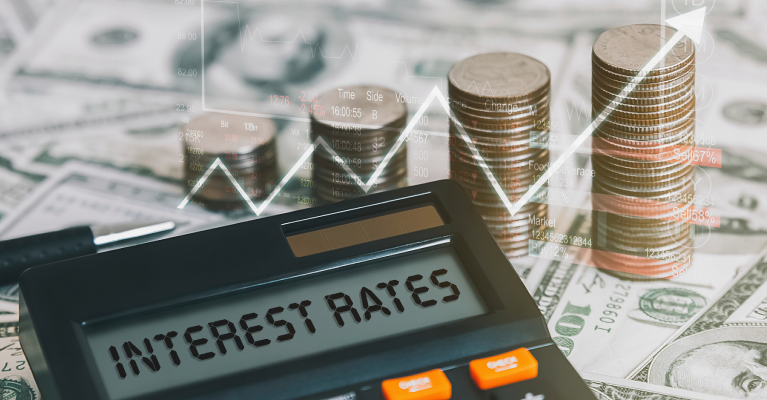Investing in a down market can be a challenge, especially when it comes to your retirement plan. As humans, we often follow two intellectual thought patterns – avoiding losses and following the crowd. Heeding to these actions in your retirement plan could prove to be detrimental to your long-term investment goals. Let’s identify these patterns and then provide alternatives to help propel your success.
Avoiding losses is known as loss aversion. This occurs when we are more concerned with downward price movements in the value of investments than the upward movement. An example would be when you quickly sell a position in your portfolio based on the overall market and not the fundamentals of that particular holding. This thought pattern spurs investors to panic and sell an investment on the decline when they think it may be headed further south in the short term.
Following the crowd is also known as herd mentality. This describes how we could be influenced by the masses to act on an emotional, rather than rational, basis. Let’s say you were deciding on where to eat dinner. You see a restaurant that is crowded and one that is empty. Research has shown that we are more likely to choose the crowded restaurant on the assumption that it is better because more people are there.
Now let’s talk about helpful tools to manage these patterns and take advantage of the market opportunities of downward volatility.
Stay Disciplined
Your retirement plan gives you the perfect vehicle to continue to invest while the market is down. This structure maintains the regular cadence to purchase investments. Depending on your time horizon to and through retirement, you could alter your allocation and shift to a higher percentage in equities and invest more at lower prices. This could ultimately be a huge benefit when you reach retirement.
Avoiding the Crowd
Another disadvantage built into our financial behaviors is following the crowd, or herd mentality. This response to the market would go against the advice of buy and hold. As the market moves downward, more retail and institutional investors start to sell. Thinking that we must do the same to avoid more losses, we sell at the wrong time. Then the market inevitably turns upward, and we are challenged to buy back in on the upward slope. Staying focused on the long term and not getting swayed by others will benefit your retirement investments and your long-term results.
Rebalancing
The other strategy to implement in your retirement plan during a down market is rebalancing. If you have followed the advice to diversify your portfolio, then you will have the opportunity to bring your asset allocation back to your long-term percentages of stocks and bonds. Some retirement plans even have a regularly timed rebalance for your portfolio. But if not, then you should take the time to review and rebalance. This technique will help you sell positions that are at a higher value and buy positions that are “on sale.”
Following these strategies could be the difference maker in helping you achieve your retirement goals. So during the next down market, it is helpful to remember to stay disciplined and continue to invest, be a contrarian and avoid following the crowd, and make sure you rebalance your portfolio to fit your tolerance for risk.

Helping you boost your financial intelligence.
Read our financial resources from your friends at WSFS.




